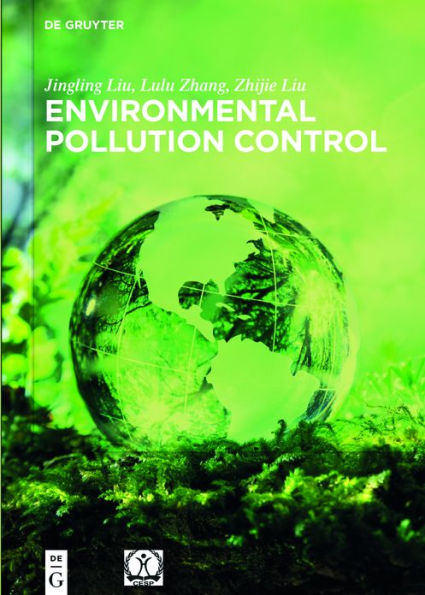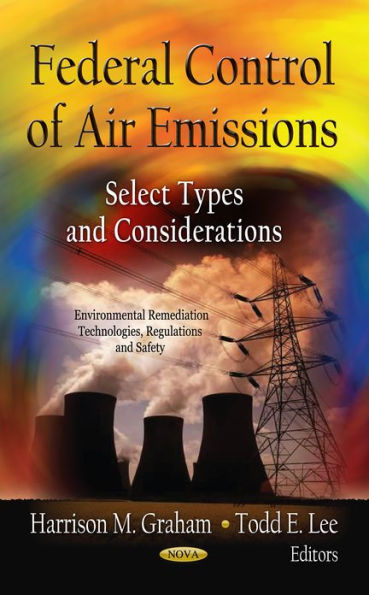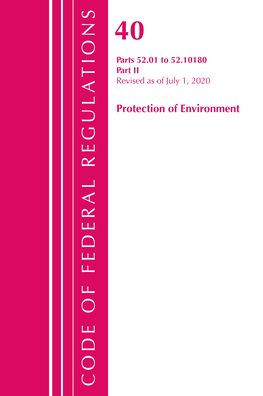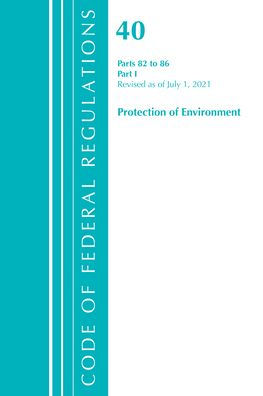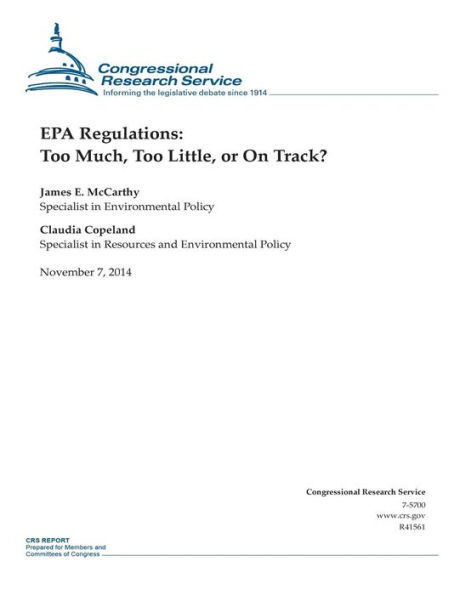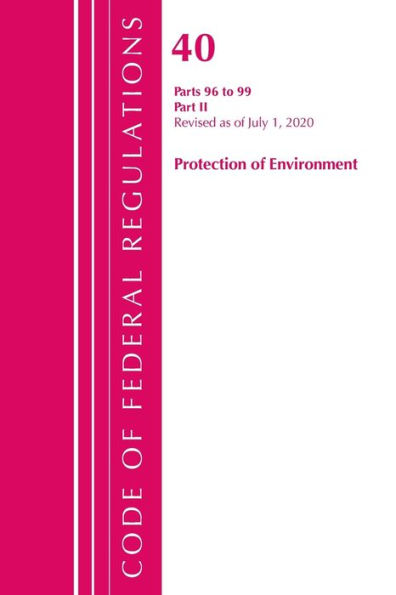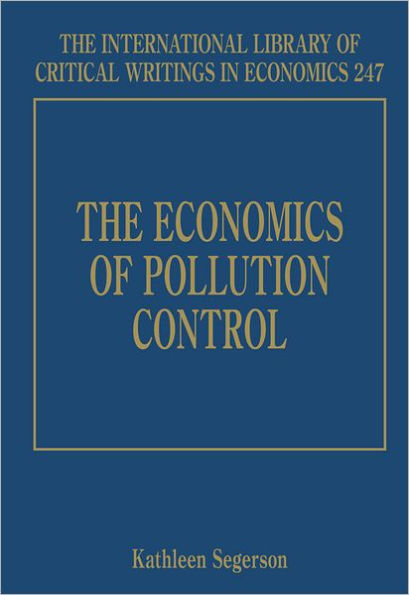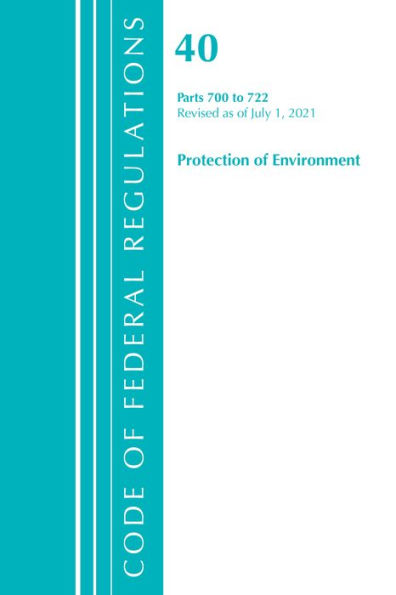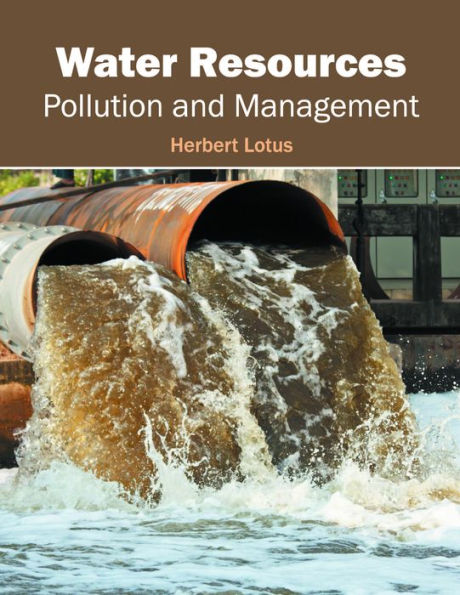Home
Federal Pollution Control Laws: How Are They Enforced?
Barnes and Noble
Federal Pollution Control Laws: How Are They Enforced?
Current price: $19.95
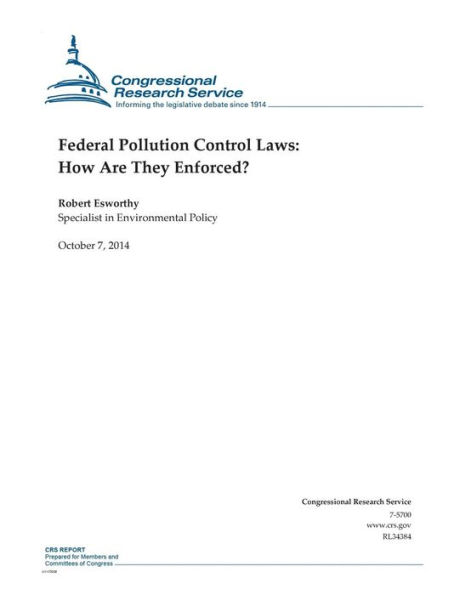

Barnes and Noble
Federal Pollution Control Laws: How Are They Enforced?
Current price: $19.95
Size: OS
Loading Inventory...
*Product information may vary - to confirm product availability, pricing, shipping and return information please contact Barnes and Noble
As a result of enforcement actions and settlements for noncompliance with federal pollution control requirements, the U.S. Environmental Protection Agency (EPA) reported that, during FY2013, regulated entities committed to invest an estimated $7.0 billion for judicially mandated actions and equipment to control pollution (injunctive relief), and $22.0 million for implementing mutually agreed-upon (supplemental) environmentally beneficial projects. EPA estimated that these compliance/enforcement efforts achieved commitments to reduce or eliminate 1.3 billion pounds of pollutants in the environment, primarily from air and water, and to treat, minimize, or properly dispose of 148 million pounds of hazardous waste. Noncompliance with federal pollution control laws remains a continuing concern. The overall effectiveness of the enforcement organizational framework, the balance between state autonomy and federal oversight, and the adequacy of funding are long-standing congressional concerns. This report provides an overview of the statutory framework, key players, infrastructure, resources, tools, and operations associated with enforcement and compliance of the major pollution control laws and regulations administered by EPA. It also outlines the roles of federal (including regional offices) and state regulators, as well as the regulated community. Understanding the many facets of how all federal pollution control laws are enforced, and the responsible parties involved, can be challenging. Enforcement of the considerable body of these laws involves a complex framework and organizational setting. The array of enforcement/compliance tools employed to achieve and maintain compliance includes monitoring, investigation, administrative and judicial (civil and criminal) actions and penalties, and compliance assistance and incentive approaches. Most compliance violations are resolved administratively by the states and EPA. EPA concluded 1,440 final administrative penalty orders in FY2013. Civil judicial actions, which may be filed by states or EPA, are the next most frequent enforcement action. EPA may refer civil cases to the U.S. Department of Justice (DOJ), referring 138 civil cases in FY2013. The U.S. Attorney General's Office and DOJ's Environmental Crimes Section, or the state attorneys general, in coordination with EPA criminal investigators and general counsel, may prosecute criminal violations against individuals or entities who knowingly disregard environmental laws or are criminally negligent. EPA reported the assessment of nearly $1.15 billion in civil penalties (administrative and judicial) and $4.5 billion in combined criminal fines, restitution, and court-ordered environmental projects during FY2013. Of the FY2013 totals, $1.0 billion in civil penalties and $4.0 billion in criminal fines, restitution, and court-ordered projects were associated with the Deepwater Horizon Gulf of Mexico judicial and criminal cases. Federal appropriations for environmental enforcement and compliance activities have remained relatively constant in recent fiscal years. Some contend that overall funding for enforcement activities has not kept pace with inflation or with the increasingly complex federal pollution control requirements. Congress appropriated $560.9 million for enforcement activities for FY2014, a 1.4% increase above the $553.1 million enacted for FY2013 (post-sequestration), but roughly 3.8% less than the $583.4 million enacted for FY2012. The President's FY2015 budget request included $583.0 million for EPA enforcement activities. On September 19, 2014, President Obama signed into law the Continuing Appropriations Resolution, 2015 (P.L. 113-164).
